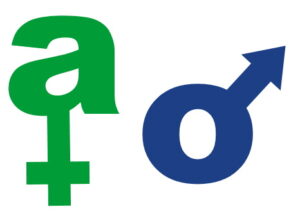This page explains use of nouns and articles in Brazilian Portuguese.
Nouns in Brazilian Portuguese
Nouns are words that represent people, places, or things.
Nouns in Brazilian Portuguese come in two types. If a noun ends in an a, it is generally feminine and if it ends in an o, it is generally masculine:
| a menina | the girl |
| o menino | the boy |

Words ending in ção, which usually translate to words ending in “tion” in English are generally feminine (e.g. educação / education).
Words that end in gem or ade are also generally feminine (e.g. garagem / garage).
Words ending in ama or ema are generally masculine (e.g. problema / problem).
There are no gender neutral nouns in Portuguese.
Articles in Brazilian Portuguese
The appropriate article accompanies a noun according to its gender; o for masculine nouns, and a for feminine nouns.
Definite articles
The definite article is used before a noun to indicate that the identity of the noun is known to the listener/reader, this is the equivalent of the in English.
Brazilians use articles in front of nouns much more frequently than people do in English. Definite articles are used when referring to a person’s name e.g. o Roberto and to a country e.g. o Brasil.
If a noun is plural, use os for masucline nouns and as for feminine nouns.
| Masculine | Feminine | |
| Singular | o | a |
| Plural | os | as |
| as cidades | the cities |
| os barcos | the boats |
Indefinite articles
The indefinite article is used before a noun when its identity is not known to the listener/reader.
Portuguese indefinite articles correspond to the English forms “a”, “an”, and “some”,
Place um before singular masculine nouns and uma before singular feminine nouns. If a noun is plural, place uns before masucline nouns and umas before feminine nouns.
| Masculine | Feminine | |
| Singular (a / an) | um | uma |
| Plural (some) | uns | umas |
| um escritório | an office |
| uma casa | a house |
